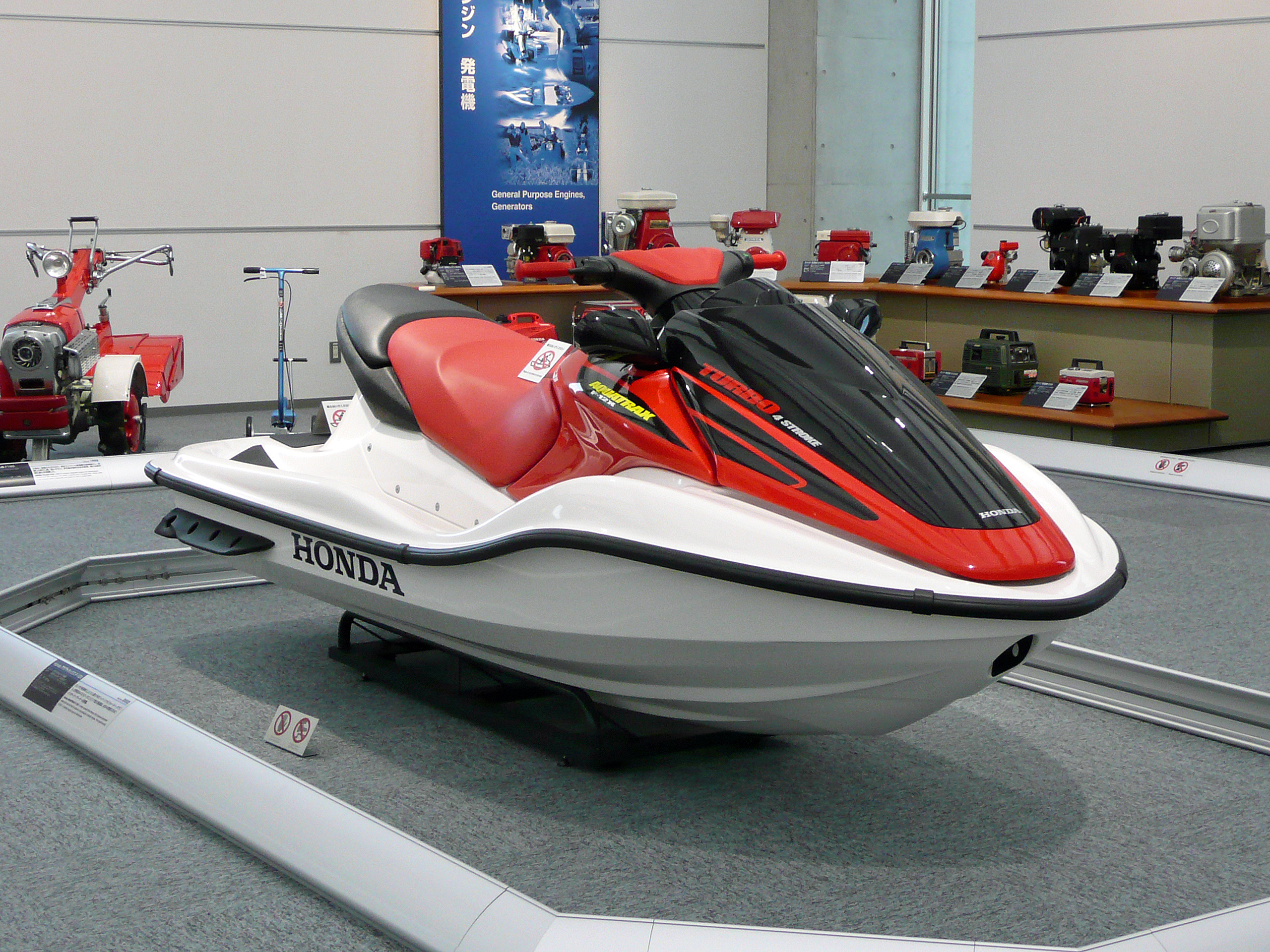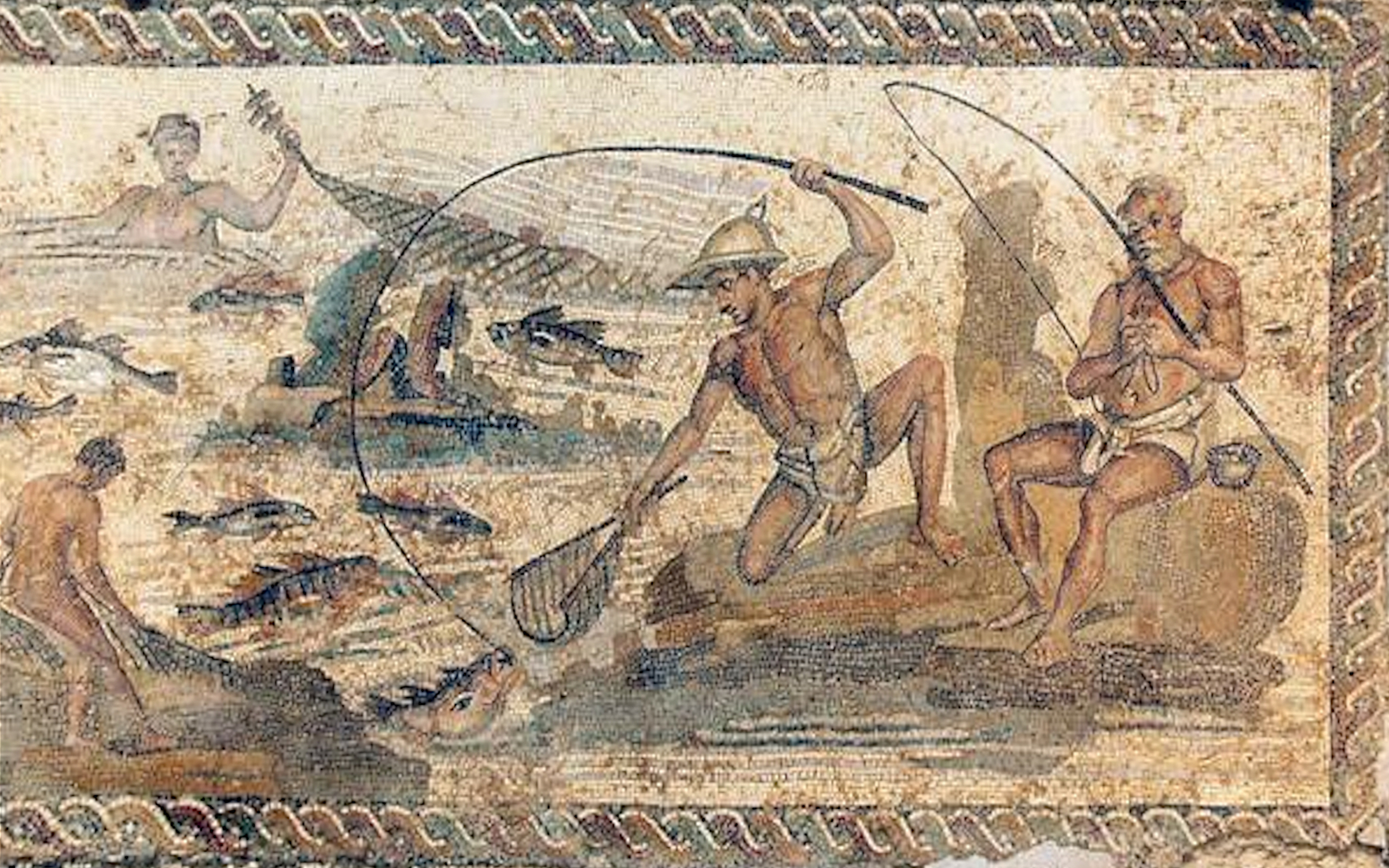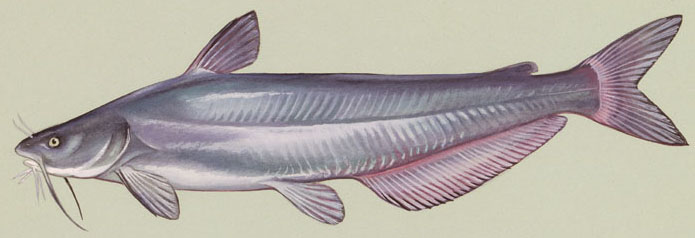|
Lake Whitney (Texas)
Lake Whitney is a flood control reservoir on the main stem of the Brazos River in Texas. It is located on River Mile Marker 442 and controls drainage for of Texas and parts of New Mexico. The reservoir encompasses a surface area of more than 23,500 acres and of shoreline. The area consists of rolling, tallgrass prairies; cedar trees; hardwood timber; and bluffs and rock points. Lake Whitney is also part of the Texas Lakes Trail Region of North Texas. Whitney Dam is a concrete gravity and rolled-earth dam, 166 feet high, owned and operated by the United States Army Corps of Engineers. History Before the presence of the lake, the Brazos River Valley provided a hospitable landscape for human occupation for centuries. Archeologists have unearthed prehistoric sites dating back to well over 12,000 years ago.https://tpwd.texas.gov/publications/pwdpubs/media/pwd_br_p4503_0019j.pdf Throughout the early 1800s, Commanche, Taovaya, Caddo, and Hainai peoples settled along banks of the Br ... [...More Info...] [...Related Items...] OR: [Wikipedia] [Google] [Baidu] |
Bosque County, Texas
Bosque County ( ) is a county located on the Edwards Plateau in the U.S. state of Texas. As of the 2020 census, the population was 18,235. Its county seat is Meridian, while Clifton is the largest city and the cultural/financial center of the county. The county is named for the Bosque River, which runs through the center of the county north to south. The Brazos River makes up the eastern border along with the Lake Whitney reservoir it feeds. Since 2015, Bosque County has been represented in the Texas House of Representatives by the Republican DeWayne Burns. The previous 10-year representative was the Republican Rob Orr of Burleson. History In 1721, while traveling from San Antonio de Béxar to a mission in East Texas, the Marqués de San Miguel de Aguayo ventured north from the Old San Antonio Road, and camped along the Brazos River. Near his camp was also a tributary of the Brazos, which he named the Bosque, Spanish for forest. This was the first recorded European exp ... [...More Info...] [...Related Items...] OR: [Wikipedia] [Google] [Baidu] |
1950s Texas Drought
The 1950s Texas drought was a period between 1949 and 1957 in which the state received 30 to 50% less rain than normal, while temperatures rose above average. During this time, Texans experienced the second-, third-, and eighth-driest single years ever in the state – 1956, 1954, and 1951, respectively. The drought was described by a state water official as "the most costly and one of the most devastating droughts in 600 years." Effects The drought began gradually, and some sources claim it began as early as 1947, starting with a decrease in rainfall in Central Texas. By the summer of 1951, the entire state was in drought. Texas ranchers attempted to evade the effects of the drought by moving their cattle north to Kansas, but the drought spread to Kansas and Oklahoma by 1953. At that point, 75% of Texas recorded below-normal rainfall amounts, and over half the state was more than 30 inches below normal rainfall. By 1954, the drought had affected a 10-state area reaching from ... [...More Info...] [...Related Items...] OR: [Wikipedia] [Google] [Baidu] |
Personal Water Craft
A personal watercraft (PWC), also called water scooter or jet ski, is a recreational watercraft that a rider sits or stands on, not within, as in a boat. PWCs have two style categories, first and most popular being a runabout or "sit down" where the rider uses the watercraft mainly sitting down, and the watercraft typically holds two or more people. The second style is a "stand-up", where the rider uses the watercraft standing up. The stand-up styles are built for one rider and are used more for doing tricks, racing, and use in competitions. Both styles have an inboard engine driving a pump-jet that has a screw-shaped impeller to create thrust for propulsion and steering. Most are designed for two or three people, though four-passenger models exist. Many of today's models are built for more extended use and have the fuel capacity to make long cruises, in some cases even beyond 100 miles (161 km). Personal watercraft are often referred by the trademarked brand names of p ... [...More Info...] [...Related Items...] OR: [Wikipedia] [Google] [Baidu] |
Boating
Boating is the leisurely activity of travelling by boat, or the recreational use of a boat whether Motorboat, powerboats, Sailing, sailboats, or man-powered vessels (such as rowing and paddle boats), focused on the travel itself, as well as sports activities, such as fishing or waterskiing. It is a popular activity, and there are millions of boaters worldwide. Types of boats Boats (boat types) can be categorized into 3 different types types of board categories, unpowered, motor boats, and sailboats.Recreational boats (sometimes called pleasure craft, especially for less sporting activities) fall into several broad categories, and additional subcategories. Broad categories include Dinghy, dinghies (generally under 16 feet (5 m) powered by sail, small engines, or muscle power) usually made from hardwood or inflatable rubber. paddle sports boats (Kayak, kayaks, rowing shells, Canoe, canoes), runabouts (15–25 ft. (5–8 m) powerboats with either outboard, sterndrive, or inboard ... [...More Info...] [...Related Items...] OR: [Wikipedia] [Google] [Baidu] |
Angling
Angling is a fishing technique that uses a fish hook or "angle" (from Old English ''angol'') attached to a fishing line to tether individual fish in the mouth. The fishing line is usually manipulated via a fishing rod, although rodless techniques such as handlining and longlining also exist. Modern angling rods are usually fitted with a reel that functions as a cranking device for storing, retrieving and releasing out the line, although Tenkara fishing and cane pole fishing are two rod-angling methods that do not use any reel. The hook itself can be additionally weighted with a dense tackle called a sinker, and is typically dressed with an appetizing bait to attract the fish and enticing it into swallowing the hook, but sometimes an inedible fake bait with multiple attached hooks (known as a lure) is used instead of a single hook with edible bait. A bite indicator, such as a float or a quiver tip, is often used to relay underwater status of the hook to the surface. When ... [...More Info...] [...Related Items...] OR: [Wikipedia] [Google] [Baidu] |
I-35 Corridor
Interstate 35 (I-35) is a major Interstate Highway in the central United States. As with most primary Interstates that end in a five, it is a major cross-country, north–south route. It stretches from Laredo, Texas, near the Mexico–United States border, Mexican border to Duluth, Minnesota, at Minnesota State Highway 61 (MN 61, London Road) and 26th Avenue East. The highway splits into Interstate 35E (other), I-35E and Interstate 35W (other), I-35W in two separate places, the Dallas–Fort Worth metroplex in Texas and at the Minnesota twin cities of Minneapolis–Saint Paul. At , I-35 is the ninth-longest Interstate Highway following Interstate 94, I-94, and it is the third-longest north–south Interstate Highway, following Interstate 75, I-75 and Interstate 95, I-95. Even though the route is generally considered to be a Pan-American Highway, border-to-border highway, this highway does not directly connect to either international border. I-35's ... [...More Info...] [...Related Items...] OR: [Wikipedia] [Google] [Baidu] |
Flathead Catfish
The flathead catfish (''Pylodictis olivaris''), also called by several common names including mudcat or shovelhead cat, is a large species of North American freshwater catfish in the family Ictaluridae. It is the only species of the genus ''Pylodictis''. Ranging from the lower Great Lakes region to northern Mexico, it has been widely introduced and is an invasive species in some areas. The closest living relative of the flathead catfish is the much smaller widemouth blindcat, ''Satan eurystomus''. Common names The flathead catfish is also known as the yellow cat, mud cat, Johnnie cat, ''goujon'', ''appaluchion'', ''opelousas'', pied cat and Mississippi cat. In dialect of the Ozark mountains it may be referred to as a "granny cat." Description The flathead catfish is olive colored on its sides and dorsum, with a white to yellow underside. Individuals, particularly young specimens from clearer waters, may be strongly mottled with dark brown to black color. The eyes are smal ... [...More Info...] [...Related Items...] OR: [Wikipedia] [Google] [Baidu] |
Blue Catfish
The blue catfish (''Ictalurus furcatus'') is the largest species of North American catfish, reaching a length of and a weight of . The typical length is about 25–46 in (64–117 cm). The fish can live to 20 years. The native distribution of blue catfish is primarily in the Mississippi River drainage, including the Missouri, Ohio, Tennessee, and Arkansas Rivers, The Des Moines River in South Central Iowa, and the Rio Grande, and south along the Gulf Coast to Belize and Guatemala. These large catfish have also been introduced in a number of reservoirs and rivers, notably the Santee Cooper lakes of Lake Marion and Lake Moultrie in South Carolina, the James River in Virginia, Powerton Lake in Pekin, Illinois, and Lake Springfield in Springfield, Illinois. This fish is also found in some lakes in Florida. The fish is considered an invasive pest in some areas, particularly the Chesapeake Bay. Blue catfish can tolerate brackish water, thus can colonize along inland waterways of ... [...More Info...] [...Related Items...] OR: [Wikipedia] [Google] [Baidu] |
Channel Catfish
The channel catfish (''Ictalurus punctatus'') is North America's most numerous catfish species. It is the official fish of Kansas, Missouri, Iowa, Nebraska, and Tennessee, and is informally referred to as a "channel cat". In the United States, they are the most fished catfish species with around 8 million anglers targeting them per year. The popularity of channel catfish for food has contributed to the rapid expansion of aquaculture of this species in the United States. It has also been widely introduced in Europe, Asia and South America, and it is legally considered an invasive species in many countries. Distribution and habitat Channel catfish are native to the Nearctic, being well distributed in lower Canada and the eastern and northern United States, as well as parts of northern Mexico. They have also been introduced into some waters of landlocked Europe (Czech Republic and Romania) and parts of Malaysia and almost as many parts of Indonesia. They thrive in small and large ri ... [...More Info...] [...Related Items...] OR: [Wikipedia] [Google] [Baidu] |
Crappie
Crappies () are two species of North American freshwater fish of the genus ''Pomoxis'' in the family Centrarchidae (sunfishes). Both species of crappies are popular game fish among recreational anglers. Etymology The genus name ''Pomoxis'' literally means "sharp cover", referring to the fish's spiny gill covers (opercular bones). It is composed of the Greek (, cover) and (, "sharp"). The common name (also spelled ''croppie'' or ''crappé'') derives from the Canadian French , which refers to many different fishes of the sunfish family. Other names for crappie are papermouths, strawberry bass, speckled bass or specks (especially in Michigan), speckled perch, white perch, crappie bass, calico bass (throughout the Middle Atlantic states and New England), and Oswego bass. In Louisiana, it is called sacalait ( frc, sac-à-lait, ), seemingly an allusion to its milky white flesh or silvery skin. The supposed French meaning is, however, folk etymology, because the word is ultim ... [...More Info...] [...Related Items...] OR: [Wikipedia] [Google] [Baidu] |
Largemouth Bass
The largemouth bass (''Micropterus salmoides'') is a carnivorous freshwater gamefish in the Centrarchidae ( sunfish) family, a species of black bass native to the eastern and central United States, southeastern Canada and northern Mexico, but widely introduced elsewhere. It is known by a variety of regional names, such as the widemouth bass, bigmouth bass, black bass, bucketmouth, largies, Potter's fish, Florida bass, Florida largemouth, green bass, bucketmouth bass, Green trout, gilsdorf bass, Oswego bass, LMB, and southern largemouth and northern largemouth. The largemouth bass is the state fish of Georgia and Mississippi, and the state freshwater fish of Florida and Alabama. Taxonomy The largemouth bass was first formally described as ''Labrus salmoides'' in 1802 by the French naturalist Bernard Germain de Lacépède with the type locality given as the Carolinas. Lacépède based his description on an illustration of a specimen collected by Louis Bosc near Charleston, S ... [...More Info...] [...Related Items...] OR: [Wikipedia] [Google] [Baidu] |









